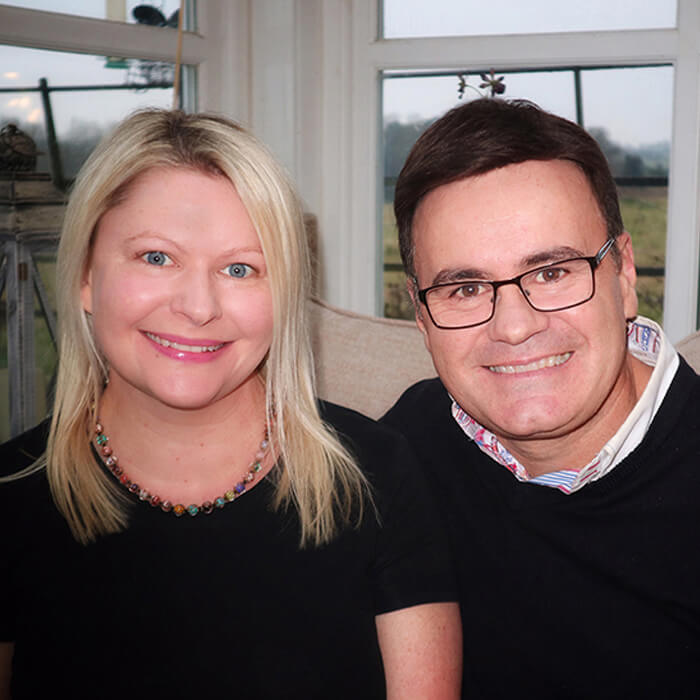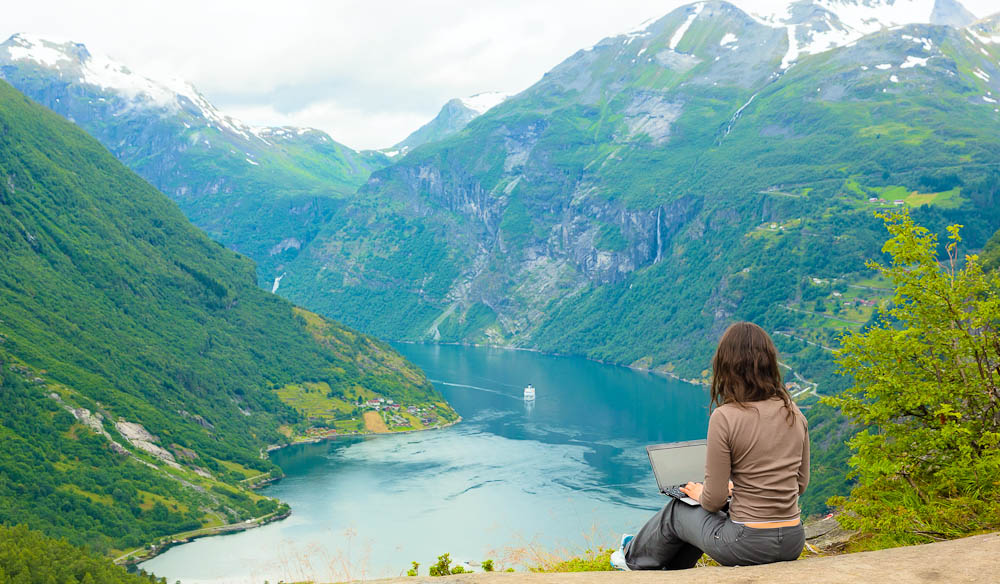
by Sarah Blinco | Feb 10, 2014 | Creative travel experiences, Travel blogger destinations, Travel Live Learn in the media
This evening I was lucky enough to attend a seminar, How to write a Lonely Planet guide, hosted by Intrepid Travel and featuring acclaimed author, journalist and presenter, Frances Linzee Gordon.
What she said:
[true sentiments on ‘travel’]
“Travel is addictive because of the adventure, self discovery, serendipity, fun, opportunities and stimulation that every day brings.
Travel is like making a new friend – you always listen out for the place in the news, you want to return, and you care about what happens there.
To write about a place you need to be saturated in it – learn some of the language, speak to/interview everyone, understand general costs of living etc.
Keep an ‘as you go’ diary to note down fresh impressions so when you’re tired and go to write up a feature you don’t forget things. Include details, colour, a local feel. Use the writer’s muscle – the more you use it, the better you are.”
[writer / traveller action points]
- Keep a Diary – for fresh impressions on the road.
- If you don’t have writing experience, consider taking a course.
- Photography course – a great idea because your stories are more marketable with images. Also, you can sell to image libraries (eg. Getty, Lonely Planet) for extra income (because a travel writer’s income is limited).
- Learn a language(s).
- Enjoy the moment (adhere to the concept of ‘mindfulness’)– it’s easy to worry about money, going home, terrorists etc. – but stop and take in the amazing things you have in the moment.
- Choose to support local businesses and industry.
- Try everything – dance, eat – go outside your personality.
- Enjoy – be safe without being paranoid, don’t be budget obsessed, be inconspicuous and be open to everything.

[Keep in mind…]
- Beware: check local conditions before travel (eg. Disease, weather, crime).
- Double check passport / copies accessible.
- You’re more vulnerable to local threats if you look like a tourist. ‘When in Rome’… and be aware of what different clothes, or smoking / drinking in public may represent in some areas of the world.
- Support is often not readily available so understand what emergency services etc are/aren’t available.
- Arrange all relevant health vaccinations, dentist etc. 6 weeks prior to leaving.
- Travel insurance – critical – but also check your insurance covers your proposed activities (eg. If you are going skiing, diving and so on, carefully check the terms because you can be caught out).
- Research where you’re going.
- Pack carefully – make a list then pack in ten minutes to avoid unnecessary extras.
- Be aware of scams.
- Always tell someone where you’re going.
- Leave valuables behind, only carry money.
- Stay in touch with home / leave an itinerary.
- Make friends with the hotel manager – they are good for safety tips, local information and many other things.
[some final tips]
1. Especially in ‘hot’ places keep an eye on local press and talk regarding what’s going on – they’ll pick up on issues or uprisings etc. before national or international press.
2. Visit local tourist organisations and introduce yourself, say where you’re going, what you’re doing and ask for a letter for introduction. It can come in handy in sticky situations or if you’re in trouble.
3. 3-second rule (trust your gut) – look someone in the eye for three seconds, make a character judgement – stick with that impression no matter what.
4. Be careful when taking photos – you’re often not concentrating on what’s happening around you in order to capture ‘the shot’, so in pairs keep an eye out for each other so that no one is being robbed while they are photographing something.
5. Photo tips – make people laugh, use alternative angles and look for different places to take photos of famous landmarks (i.e. alternative vantage points from where most tourists are directed to take shots). Always ask for permission before taking someone’s photo.
6. When in a restaurant write notes – you look like a food critic and are more likely to receive better service!
How to write a Lonely Planet guide
Serious about being an author for Lonely Planet? Their recruitment notes on how to write a Lonely Planet guide state:
- All applications are read: lonelyplanet.com/jobs
- You must demonstrate passion for travel
- You must demonstrate destination knowledge
- Writing experience required
- Evidence of ‘special expertise’ (eg. Language, rock climbing, diving, other special interests, e.g. Lived, travelled, written; any evidence of independent travel)
- Always meet deadlines and word count
- NB. LP publications use simple sentences and language – be mindful they’re usually translated.
[This is a re-post from the archives. Originally posted July 13 2011, London]
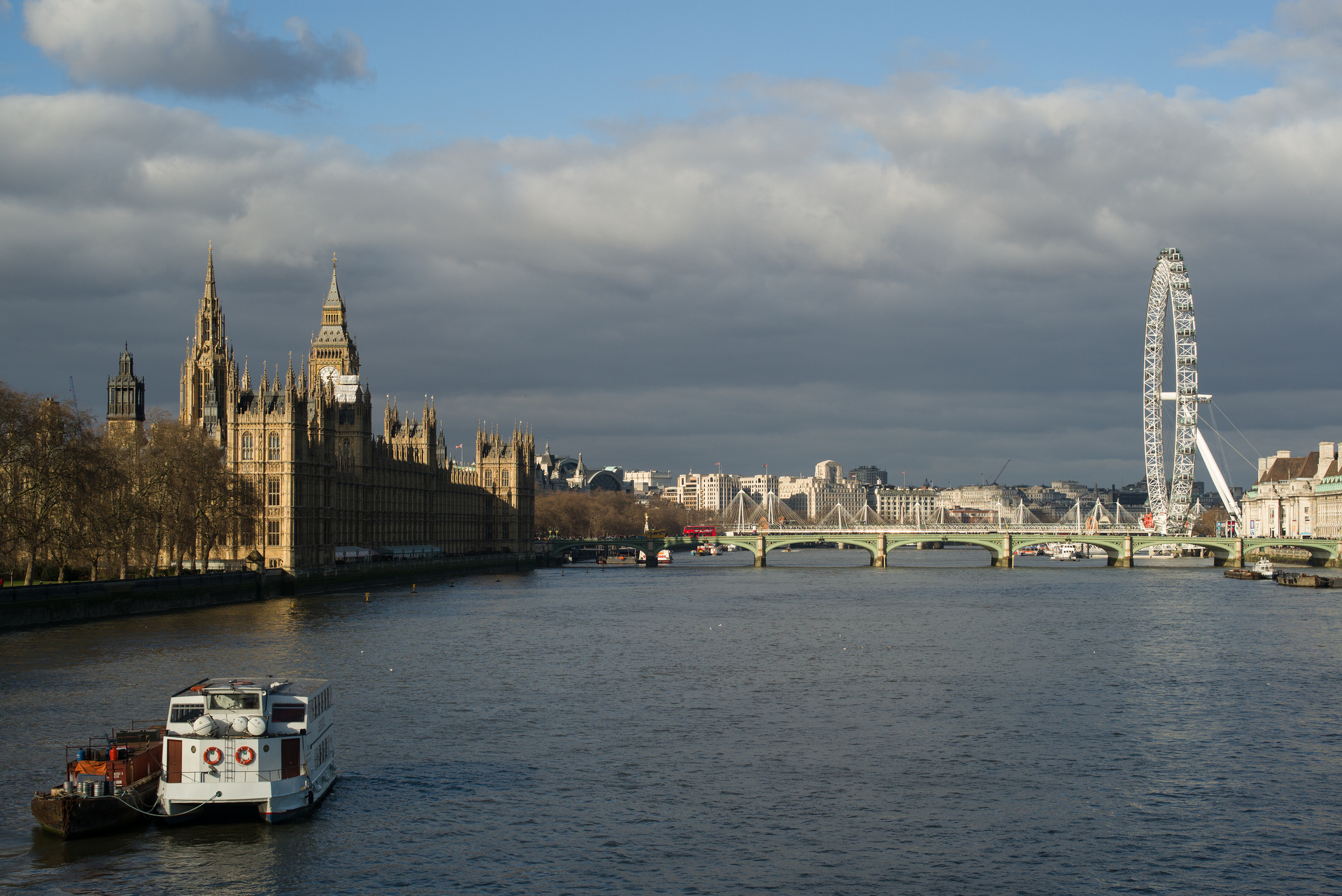
by Sarah Blinco | Jul 18, 2011 | Expats explore London, Travel blogger destinations
Monday morning and I am in need of inspiration (and motivation) so decided yet again to embark on a quest to find the ‘perfect’ external workplace. The bonus of freelance life means that I can set up anywhere I choose. In London, the prerequisites include:
1. Coffee
2. Free internet (WiFi), and preferably a power outlet to keep my laptop charged
3. A nice atmosphere (water view ideally, although not quite discovered yet) and/or decent soundtrack
4. Coffee.
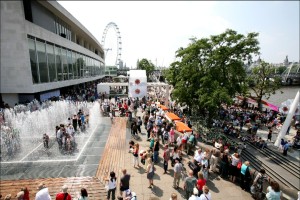 I realise from a simple web search that there are many other freelancers and students out there in the same boat as I, and it was with their help that I found today’s spot overlooking The Thames, Golden Jubilee Bridges and Embankment Pier across the river – The Southbank Centre.
I realise from a simple web search that there are many other freelancers and students out there in the same boat as I, and it was with their help that I found today’s spot overlooking The Thames, Golden Jubilee Bridges and Embankment Pier across the river – The Southbank Centre.
Presently I sip on a much-needed and rather delicious latte, pondering the energetic surrounds (and stalking two girls who are utilising the power supply… their table is mine when they eventually depart…). The day outside is grey although the sun is doing its best to poke through the clouds. It’s easy to find The Southbank Centre from busy Waterloo Station – just follow signs outside towards The London Eye, Festival Pier, Royal Festival Hall or Southbank then walk with the crowds towards the Eye and water. Even I can’t get lost, and the Southbank area itself is lovely – alive with visitors, playgrounds, entertainment, restaurants, art, music, and shops overlooking the water.
The Southbank Centre is the ideal place to base because ‘Level 2’ (where I’m sitting in the cafeteria) boasts a quintessentially ‘London city’ view. Although it is a little noisy, it is comforting sound – people chatting, working and being productive with their day.
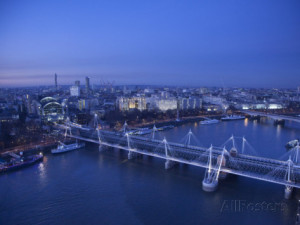
I’ve found London to be very accommodating when it comes to free WiFi. Many pubs and cafes offer the service – just check for signs or with staff.
McDonalds and Starbucks are pretty good options for reliable internet of course; and this morning I found a handy ‘free London WiFi’ locations map via The Londonist.
I’ve got my eye on a couple of other places to try this week too. Apparently there is a gorgeous spot called ‘5th View’ which is above Waterstones book store between Piccadilly and Green Park, and another closer to home, Cafe Brera on the water at Canary Wharf.
Waterloo, originally a location of interest to Cooper and I for a very important reason – the opening scenes of The Bourne Ultimatum were filmed here – but now as we follow in Matt Damon’s footsteps (thankfully not being chased by the CIA… that I know of…) we enjoy the area for so many reasons. It’s a perfect spot to begin a day of exploring in London because from Waterloo (and Southbank precinct) you can not only link to many key bus or train routes, but you can explore much of the city by foot, indulging in breathtaking, historical 360-degree London scenes, passing by destinations like Tate Modern and the new Shakespeare’s Globe.
The area where I’m working this morning has been developed to its present state since around 1951, when the Festival of Britain was held here to celebrate recovery from World War II. It seems to me that – as the girl with a strong Spanish accent practices English beside me, recent graduates wearing black and fuchsia academic gowns have their photos taken by the river outside, other artists tap away on their computers, locals and tourists alike line up for lunch, and the gaggle of Japanese teens wearing insanely high heels for this time of day stroll past me – the precinct maintains that same free, happy, vibrant energy today. A perfect WiFi spot to work, watch, wander.
On my way into town today it occurred to me that I can hardly believe I know my way around a city like this. Usually one to be timid with directions, and ever nervous about losing my way in unfamiliar territories, I can navigate the city with ease and comfort now, and it’s dawned on me that I have unexpectedly fallen in love with this place. Our time in Bayswater wasn’t pleasurable, and the energy was unwelcoming. However, nearly a year on and we’ve well and truly settled, having discovered the true homely beauty of England. I gaze around lovingly at all the old buildings, and I listen with an amused smile at the various accents passing me by, ‘innit‘.
While I was travelling around the area today by foot and on the bus, I noticed a couple of views that I’ve never really taken in before (possibly I was on the underground and simply had not been by the vantage points previously) – stop on Waterloo Bridge and Westminster Bridge – these sit on either side of The Southbank Centre, with the aforementioned Jubilee Bridge in between. The city views from these angles are just divine, and a wide angle lens might even squeeze sites like The London Eye, Big Ben, and a number of other famous landmarks into one photo! Now I understand that Wordsworth wasn’t being overly dramatic in his poetry, but was merely pondering and honestly describing this beautiful city as he saw it one morning in 1802.
Earth hath not anything to show more fair:
Dull would he be of soul who could pass by
A sight so touching in its majesty:
This City now doth, like a garment, wear
The beauty of the morning; silent, bare,
Ships, towers, domes, theatres and temples lie
Open unto the fields, and to the sky;
All bright and glittering in the smokeless air.
Never did sun more beautifully steep
In his first splendor, valley, rock, or hill;
Ne’er saw I, never felt, a calm so deep!
The river glideth at his own sweet will:
Dear God! The very houses seem asleep;
And all that mighty heart is lying still!
(Composed Upon Westminster Bridge by William Wordsworth).
Feature image by Steve Harris, Flickr creative commons
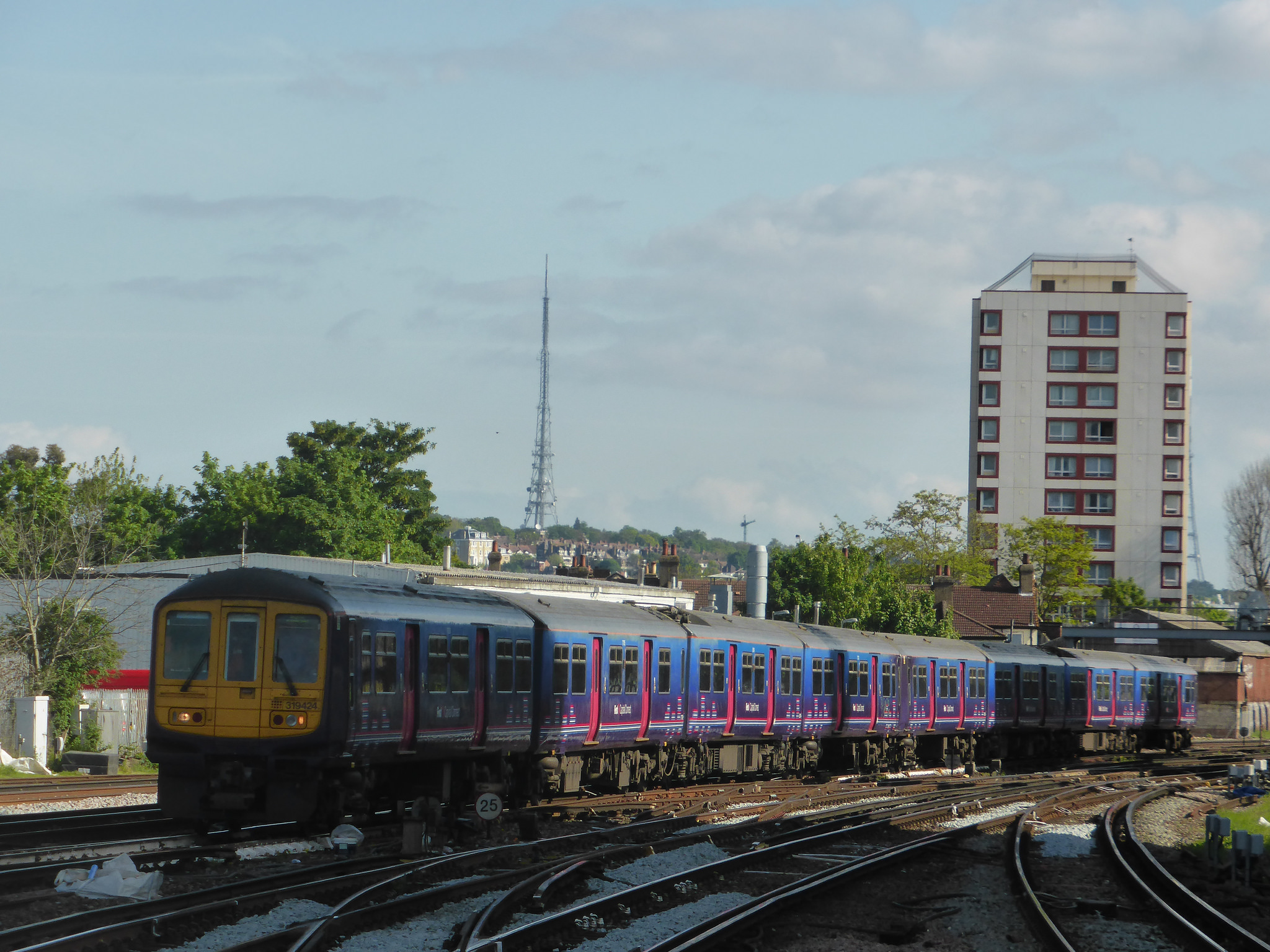
by Sarah Blinco | Jun 29, 2011 | Expats explore London, Travel blogger destinations
About Croydon
This post was originally written in 2011 – one of my first. It’s now 2023, how did that happen? I return to update it because you, dear reader, keep landing on it on a search ‘about Croydon’.
I’d love to know what it is about Croydon that you’re searching for to end up here. Let me know in the comments.
Why Croydon?
There’s been a little heatwave in London over the past few days. It’s summer, June 2011. Evidently those who have suffered most have been commuters on the trains, especially those on the Tube – it’s sweltering down there!
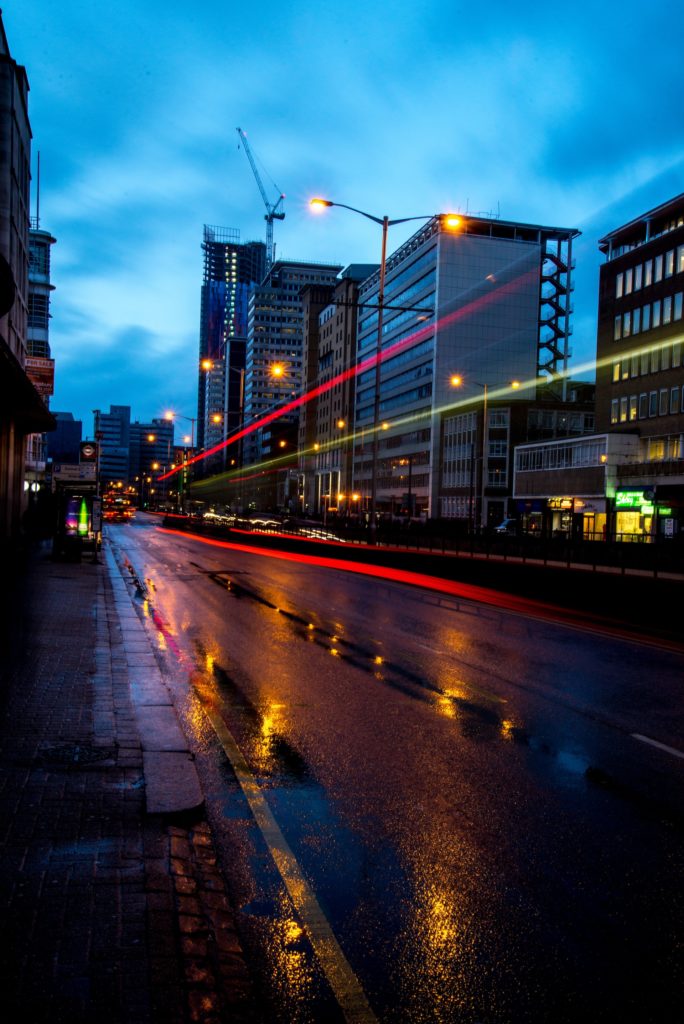
If you’ve been reading my ‘Alight Here‘ blog series about the history and experience at train stations across the Capital, you might wonder about my timing here. Right now in London, no one wants to actually be on a train.
But fret not, to put your minds at ease I’ve placed a special commemorative photo below. I’m confident it won’t be too long until it’s nice and brisk here again!
~ducks head as English co-workers hurl heavy books in this general direction – you see, they love the heat, I dread it… but that’s another story entirely ~
History throwback about Croydon
While it might be unusual for any other traveller to feature an editorial on Croydon, it would be remiss of me to exclude it. Much of my working London life has revolved around ‘alighting’ at East Croydon and West Croydon. The station to the east is 15-minutes from Victoria Station on the Southern Line (pictured below following winter snow fall). West Croydon station is about 45-minutes from Haggerston on the London Overground.
Croydon is located on the natural transport corridor between London and England’s south coast. Hence served by, Southern Train service from Victoria heading to lovely destinations such as Brighton. Historically it was from Croydon to Wandsworth where the world’s first public horse-drawn railway ran from 1803. This positioned Croydon as a key commuter town in the entire region.
My daily view en-route to Croydon
Train trips south towards Croydon are brimming with views of rows upon rows of old London homes. There are many pubs and local high streets. I can also see large lush parks where I envy from afar those out for their morning dog-walks. We are dog people of old.
Croydon Town Centre itself – situated between the East and West train stations – was developed to its present and energetic state from the mid 20th century. I suppose it would be considered ‘small’ by London terms. But, the amusing thing to me is, the mall has a feel distinctly like that of the Queen Street Mall in Brisbane. That spot was the centre of Queensland’s capital city. Actually, it’s changed a lot in recent years too, but it was a major shopping destination for locals from all around the south-east! Funny how Croydon could remind me of such a place. Maybe it’s the summer heat :)
My Croydon
 Probably not somewhere you’d end up as a tourist, but definitely a nice spot with friendly people, and great shopping (without the London high street crowds). Sentimental because it’s where I first trudged to work in snow (a novelty for me), where I enjoyed many a warm Starbucks latte on cold winter mornings, where I’ve learned some brilliant skills in PR (plus honed my tea making prowess). I’ve laughed a lot with new friends – Wendy, Nick, Nicola, Tania, Kerry, Audrey, Lotte, Amy (and even newer friends as of very recently, Paloma, Jess and Rebecca) – along the way. S x
Probably not somewhere you’d end up as a tourist, but definitely a nice spot with friendly people, and great shopping (without the London high street crowds). Sentimental because it’s where I first trudged to work in snow (a novelty for me), where I enjoyed many a warm Starbucks latte on cold winter mornings, where I’ve learned some brilliant skills in PR (plus honed my tea making prowess). I’ve laughed a lot with new friends – Wendy, Nick, Nicola, Tania, Kerry, Audrey, Lotte, Amy (and even newer friends as of very recently, Paloma, Jess and Rebecca) – along the way. S x
We are now into our third time living and working in the UK. Find out about our latest adventures here.
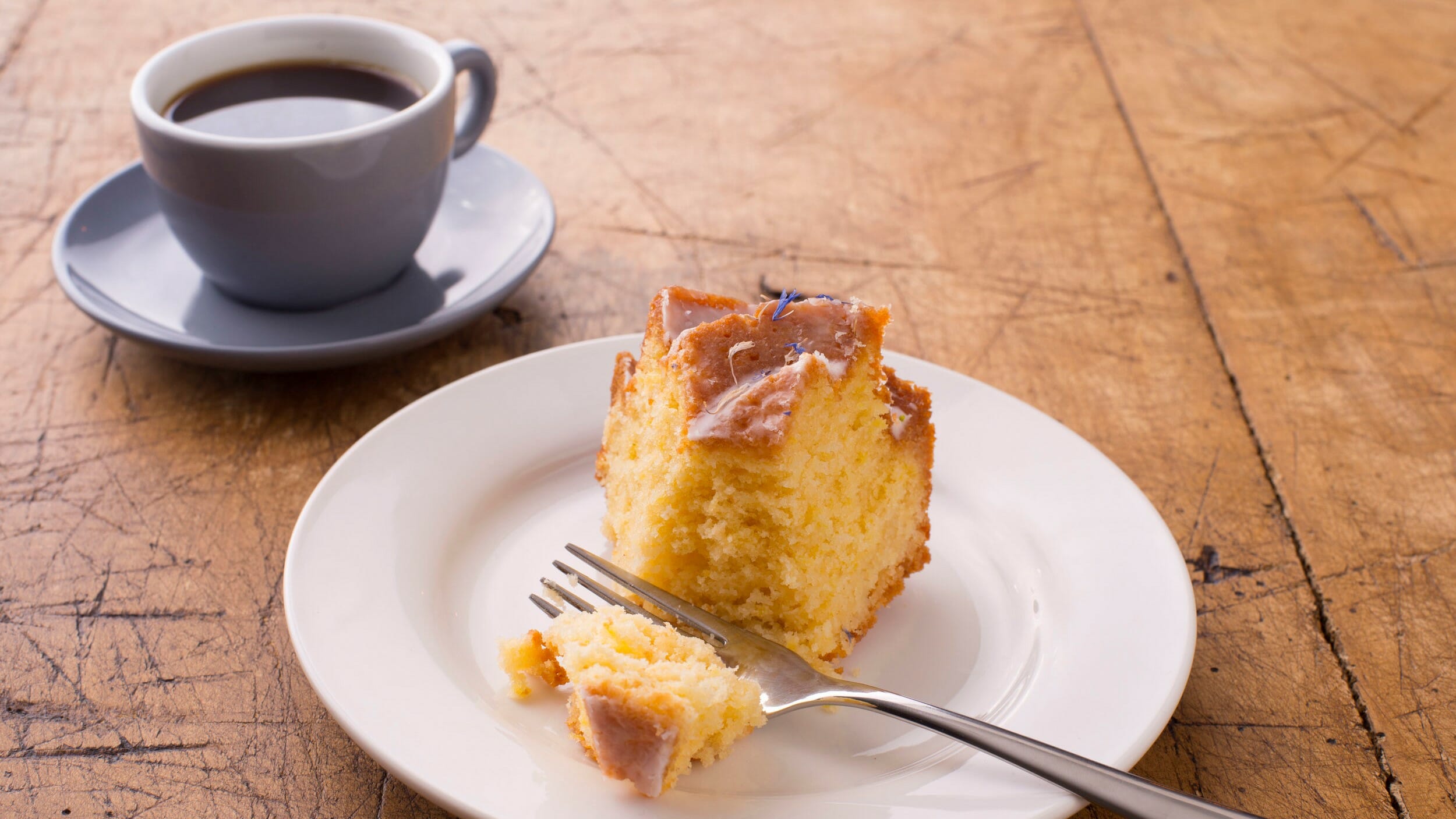
by Sarah Blinco | Nov 8, 2010 | Expat living in London
Well it has finally turned cold – and wet, and rainy. It is a Monday morning in mid-November as I sit in the warmth of Starbucks (I know, they should sponsor me!). This time though, I am at a Starbucks in east London, sipping on a much-needed latte before work. My relationship here is now such that they know my order without me having to ask for it. ‘The usual, please’. I even have another ‘regular’ friend here – a lovely elderly gentleman who is always reading biographies in his same seat by the counter each day. But I digress…
Christmas carols and festive menus are now everywhere, brightly contrasting to the grey skies. In fact the awning outside nearly flew off, and it dumped water onto an innocent passer-by, how annoying.
I scored a job (lucky in this current economic climate) and have been working for about four weeks. It is good to be working, and the team is great. The workload, particularly admin, is immense and it is proving to be quite tiring. Am working in London and freelancing to Australia simultaneously, which is rewarding but rather busy. However, it is as I’ve heard – you work hard and play hard in the big city. I think how much I’ve learned in the few months we have been here, as I navigate my way between suburbs on trains, tube and buses. It’s quite extraordinary. All my friends are commenting on seeing Eat Pray Love (the film based on Elizabeth Gilbert’s book of the same name) – they’re all ready to jump on a plane and go adventuring across the world, and I must admit that it’s nice to not be on the envy side of that equation for once. It is fulfilling to be doing and experiencing life, regardless of the challenges associated with stepping out of ‘the norm’.
The weekends here are really fun. Cooper and I now have kind of a date night on Friday, where after work we go and eat and drink in local bars until way past our usual bed time. We can walk everywhere so getting home is not a trial. We particularly like Bayswater, Notting Hill, Gloucester Road and Shepherd’s Bush. On Saturdays we do some exploring – like jumping on a ferry to see areas along the Thames, we go shopping in different suburbs to explore places we haven’t been to, catch up with friends if they are around… There are also amazing trade shows and experiences, like the Conde Nast Luxury Travel Show or the Discover Dogs expo at Earl’s Court. Love it!
Sunday morning is usually ‘errand’ time – washing, shopping, work then maybe a dvd. We are just enjoying ‘being’ in London. Saving has begun for trips to Europe and America, but with the exception of still missing Harry the Dog, life is full on, but ok in the big city. We’re meeting more people and making friends on and offline. All in all, we’re lucky and happy.
Time for work now, will check in later, SB X
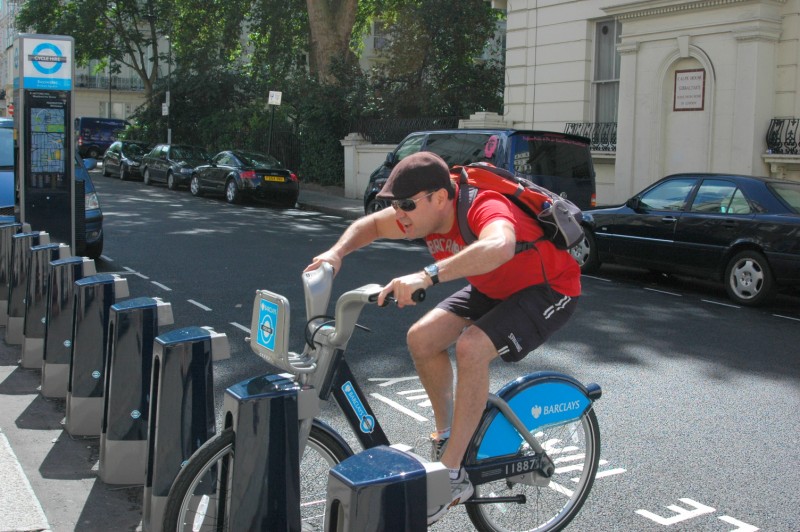
by Sarah Blinco | Aug 26, 2010 | Expat living in London, Expat working in London
Week 2 Finding a flat and preparing for school.
Once the pressure of finding a place to live (a stressful experience where you compete with other foreigners for days, while you wander all over London viewing properties, I had to open a bank account (hint: you need to have a place of residence before you can achieve this), organise a sim card etc only then did I feel less stressed. This anxiety was made all the more easier thanks to the professionalism of Smart Teachers the recruitment agency I consulted to find employment in the UK.
After cleaning (I mean sterilising) my studio flat, I finally had a place to call home, at least for the next six months anyway. I could at last call my principal and organise a meet and greet. So far, all correspondence had been through emails and a 90 minute phone interview several months prior. Now I can meet my principal and check out my new school instead viewing via Google.
I’ll be honest, I’m a little anxious as to what I can expect from my new class of 30 year five students. Almost everyone I’ve spoken to who have worked in the UK all echo the same horror stories of the behaviour they encountered in the classroom. Now I’ve had my fair share of challenging (some naughty) children in the classroom, but some of the stories are quite horrifying.
Much to my relief, my headmaster set my mind at ease, as I was given the guided tour around my school in Dollis Hill overlooking London in the distance. To get to my school, Transport I have to catch the tube from Queensway on the Central line, swap to the Jubilee line (24 minutes) and then jump on a bus from Willesden Green (stop B) to my school (14 minutes), followed by a 150 metre walk. I enjoy catching the red double decker bus as I pass through the suburbs of north west London. My £25 Oyster Card covers all travel expenses.
The following Wednesday, I thought It would be wise to practice heading to work, to allow for any problems. Smart move, I ended up on the wrong bus at a shopping centre in Crickelwood. I arrived at work an hour later to set up my classroom. Note to self don’t catch the 302. After several attempts I had mastered the trip.
One more week before school starts, and that excited feeling of anxiety returns.
Cooper.



 I realise from a simple web search that there are many other freelancers and students out there in the same boat as I, and it was with their help that I found today’s spot overlooking The Thames, Golden Jubilee Bridges and Embankment Pier across the river –
I realise from a simple web search that there are many other freelancers and students out there in the same boat as I, and it was with their help that I found today’s spot overlooking The Thames, Golden Jubilee Bridges and Embankment Pier across the river – 


 Probably not somewhere you’d end up as a tourist, but definitely a nice spot with friendly people, and great shopping (without the London high street crowds). Sentimental because it’s where I first trudged to work in snow (a novelty for me), where I enjoyed many a warm Starbucks latte on cold winter mornings, where I’ve learned some brilliant skills in PR (plus honed my tea making prowess). I’ve laughed a lot with new friends – Wendy, Nick, Nicola, Tania, Kerry, Audrey, Lotte, Amy (and even newer friends as of very recently, Paloma, Jess and Rebecca) – along the way. S x
Probably not somewhere you’d end up as a tourist, but definitely a nice spot with friendly people, and great shopping (without the London high street crowds). Sentimental because it’s where I first trudged to work in snow (a novelty for me), where I enjoyed many a warm Starbucks latte on cold winter mornings, where I’ve learned some brilliant skills in PR (plus honed my tea making prowess). I’ve laughed a lot with new friends – Wendy, Nick, Nicola, Tania, Kerry, Audrey, Lotte, Amy (and even newer friends as of very recently, Paloma, Jess and Rebecca) – along the way. S x

